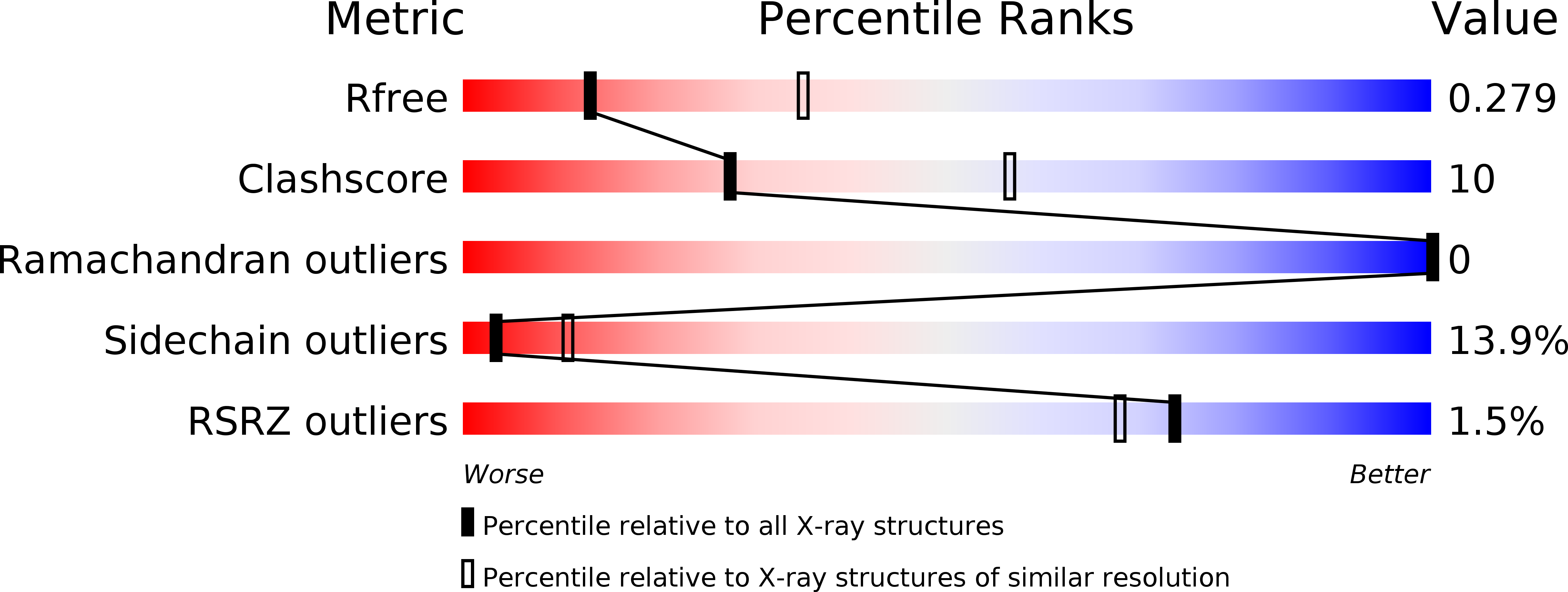
Deposition Date
2013-10-23
Release Date
2014-02-05
Last Version Date
2023-09-20
Entry Detail
PDB ID:
4NBO
Keywords:
Title:
Human steroid receptor RNA activator protein carboxy-terminal domain
Biological Source:
Source Organism:
Homo sapiens (Taxon ID: 9606)
Host Organism:
Method Details:
Experimental Method:
Resolution:
2.81 Å
R-Value Free:
0.27
R-Value Work:
0.24
R-Value Observed:
0.24
Space Group:
P 43 21 2


